#Lonicera fragrantissima
Text

Lonicera fragrantissima / Sweet Breath of Spring at the Coker Arboretum at the University of North Carolina at Chapel Hill in Chapel Hill, NC
#Lonicera fragrantissima#Lonicera#Caprifoliaceae#Sweet Breath of Spring#Winter flowering honeysuckle#Fragrant honeysuckle#Kiss-me-at-the-gate#Honeysuckle#Flowers#Nature photography#photographers on tumblr#Coker Arboretum#UNC-Chapel Hill#UNC#Carolina#Chapel hill#Chapel hill NC#North Carolina
4 notes
·
View notes
Text
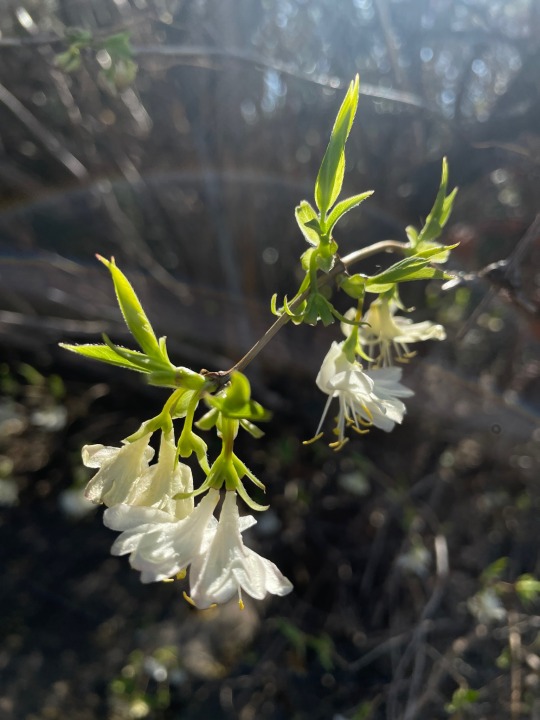


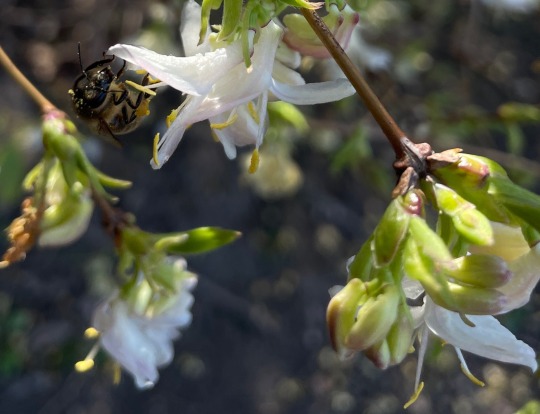

4.3.2023
#phototagebuch#tagesphoto#photo diary#photo of the day#photojournal#photo du jour#photo des tages#vienna#wien#urban nature#stadtpark#vorfrühling#4.3.2023#handymakro#ari fink photography#lonicera#Lonicera fragrantissima#Wohlriechende Heckenkirsche
6 notes
·
View notes
Photo
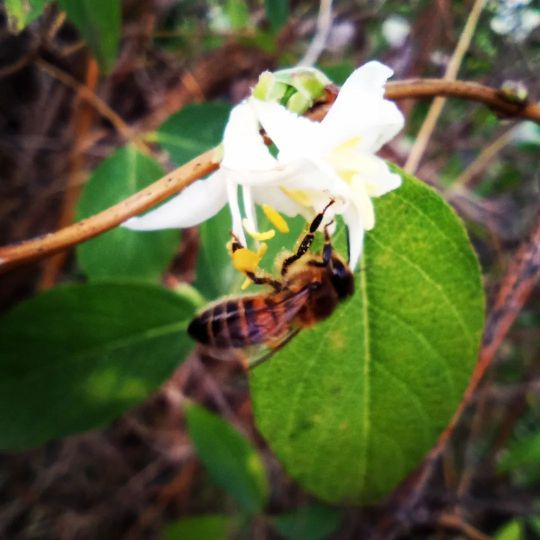
Les chèvrefeuilles appartiennent au genre Lonicera et comptent environ 180 espèces d'arbustes et de lianes. Le Lonicera fragrantissima est une espèce facile à vivre, rustique et mellifère. Il supporte bien la taille et peut être utilisé en haie ou sur un support. Le Lonicera fragrantissima préfère les expositions ensoleillées, sans être brûlantes, pour une floraison optimum. Il tolère toutefois la mi-ombre et les sols légèrement calcaires ou pauvres, à condition qu'ils soient frais. Sa floraison n'est pas spectaculaire, mais son parfum est extraordinaire, surtout quand le temps est doux. C'est également une plante très intéressante pour les abeilles pendant la période où les fleurs sont rares. Pour planter le Lonicera fragrantissima, il est conseillé de cultiver dans un substrat composé de terre franche, de tourbe et de sable. Pendant la période de végétation, il faut arroser régulièrement et apporter un engrais équilibré tous les mois. En période de dormance, il faut réduire les arrosages. Attention aux pucerons, qui peuvent être particulièrement nuisibles pour les plantes grimpantes. Le Lonicera fragrantissima est une plante idéale pour apporter de la vie à votre jardin en toute saison. N'hésitez pas à l'ajouter à votre jardin pour profiter de son parfum et de ses bienfaits pour la faune locale. #chèvrefeuille #lonicera #jardin #floraison #mellifère #abeilles #faune #plantes Le rucher du #PILLIER se situe dans la commune de #CHATEAUNEUF #Loire 42800 dans le parc naturel du #Pilat. https://www.mon-abeille.fr/ #rucherdupillier #chateauneufloire42800 #granger #mangezdumiel #miel #honey #tetradiumdaniellii #apiculteur #apiculture #ruche #abeilles #abeille #bees #bee #essaim #plante #pilatmonparc #nature #coopapiloire (à Rucher du Pillier) https://www.instagram.com/p/CnJgD_Jo6pE/?igshid=NGJjMDIxMWI=
#chèvrefeuille#lonicera#jardin#floraison#mellifère#abeilles#faune#plantes#pillier#chateauneuf#loire#pilat#rucherdupillier#chateauneufloire42800#granger#mangezdumiel#miel#honey#tetradiumdaniellii#apiculteur#apiculture#ruche#abeille#bees#bee#essaim#plante#pilatmonparc#nature#coopapiloire
0 notes
Photo
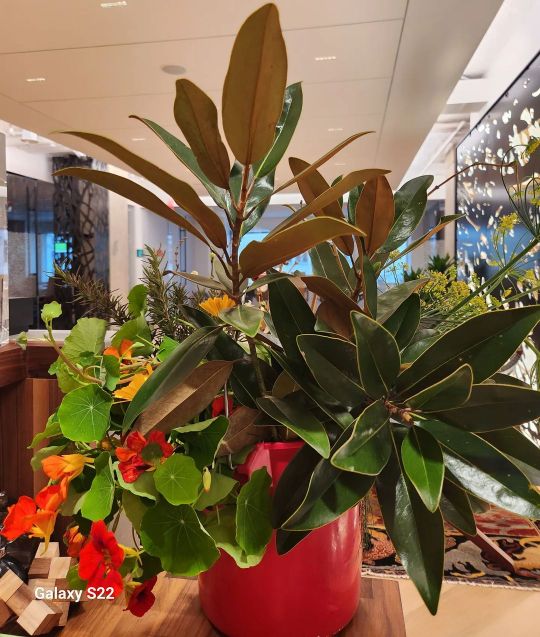
Happy New Year! There is something about the scent oif fresh cut rosemary branches and nasturtium to start the week off right. A smattering of dill blossoms, a few branches of Lonicera fragrantissima, and Calendula for pop...yep, it is about that time! There is a Flower Show abrewing in this bucket. Having an assortment of flowers wherever I am lifts my spirit and offers hope. Hope the winter won't be too harsh and my seedlings are healthy. The micro cut flower farm is back on the map, and so far, the year is looking great! SAVE THE DATE - March 4 - 12, 2023 Why? The Philadelphia Flower Show is back indoors! In the meantime, keep some fresh flowers in a vase to appreciate the benefits of the beauty that surrounds us. Got a vase? Get some flowers or glean from Mother Nature! She is there for us.... #theflowershowinmymind #allaboutthegarden, #allthingsbeautiful, #allaboutthegardenlife, #vaseofblooms, #gardengoodness, #everydayblooms, #eatyourblooms (at Washington D.C.) https://www.instagram.com/p/Cm9cAvUOwXH/?igshid=NGJjMDIxMWI=
#theflowershowinmymind#allaboutthegarden#allthingsbeautiful#allaboutthegardenlife#vaseofblooms#gardengoodness#everydayblooms#eatyourblooms
0 notes
Photo
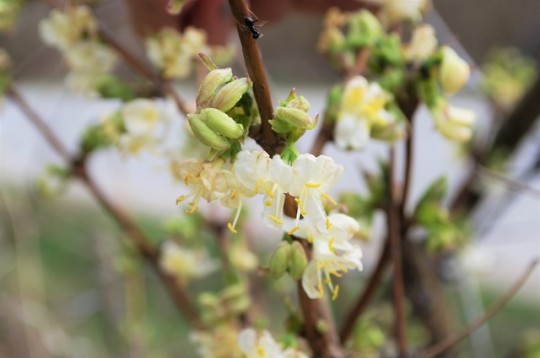
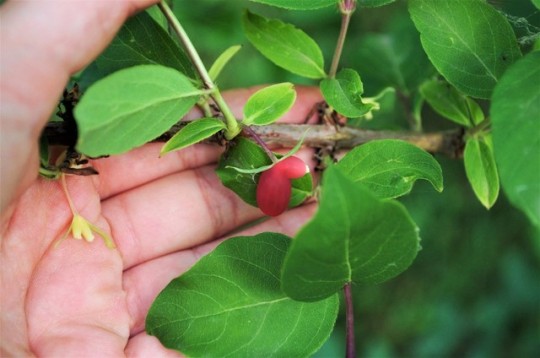
Winter honeysuckle!
Finally. It only took me almost 4 years and this post on my dashboard to identify the fragrant shrub growing by the orchard’s gate. Funnily enough, it’s also called kiss-me-at-the-gate, though I don’t think the entrance to the orchard is pretty enough to inspire any kissing.
#also is not edible :(#shrub#winter honeysuckle#lonicera fragrantissima#kiss-me-at-the-gate#fragrant honeysuckle#january jasmine#chinese honeysuckle#sweet breath of spring#nature#orchard#plants#gardeners on tumblr#gardenblr#plantblr#plantblog#plant id#honeysuckle
31 notes
·
View notes
Text
28 décembre 2020 au 3 janvier 2021
I made it to Aix-en-Provence to visit Catherine. Bruno and Stéphane were also there, down from Lyon. I arrived late on Tuesday and was back home Wednesday night after an all-afternoon lunch extravaganza.
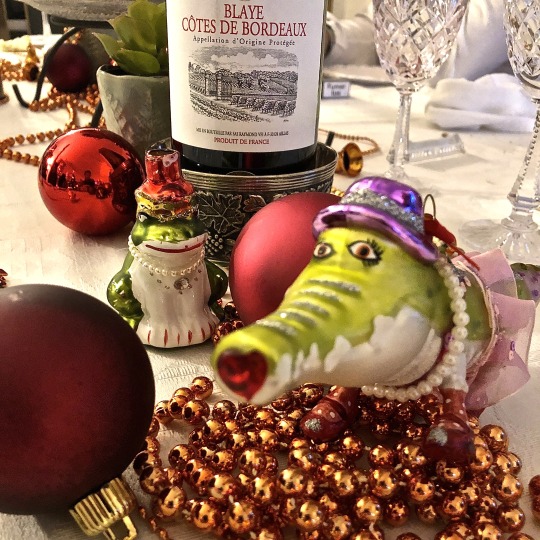
Thursday afternoon Karim introduced me to the chainsaws. I had my first go at using both the little one, and the giant one. It’s interesting that we don’t wear any protective clothing other than ear defenders when using it. It will take a bit of practice before I feel comfortable using one on my own.
Denis and André hosted NYE. Due to the 18.00 curfew, the party started around 15.00 and everyone except I departed in time to get home. Lots of Afrikaans songs were sung and much merriment was had. It was a predominantly South African crowd.
I stayed the night. We welcomed 2021 as the UK finally severed from the EU. Over night there was thunder and lightening which light up and shook the flat. In the morning the seas were rough and there were a strong winds.

Cours de français hebdomadaire
cueillir des fruits - to pick fruit
descendre - to go down
descendre de - to come down from
germer - to germinate
gratter - to scratch
greffer - to graft
monter - to go up, to ascend
prendre des boutures - to take cuttings [je prends..., tu prends, il prend, nous prenons, vous prenez, ils prennent]
ratisser - to rake
récolter - to harvest
It’s rained the entire weekend and I didn’t leave the house after my return from Denis and André’s. I only went up to Sarah-Jane’s house to use the Internet and do some work for Arabella. It was a whiskey weekend.

Plant of the week
Caprifoliaceae Lonicera fragrantissima Lindl. & Paxton
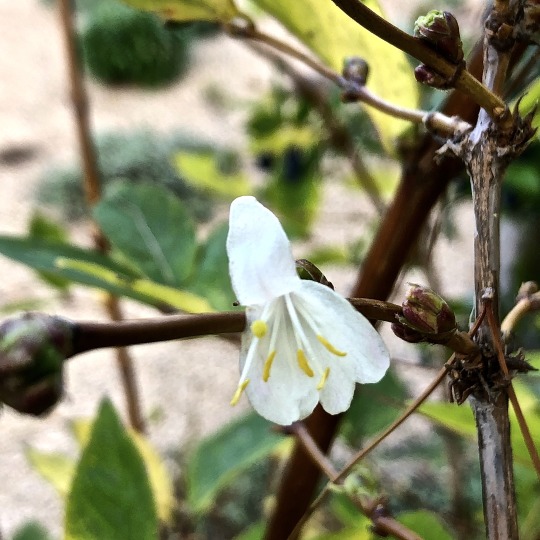
common name(s) - winter-flowering honeysuckle, sweetest honeysuckle
synonym(s) - Abelia splendens K.Koch; Caprifolium fragrantissimum Kuntze; Caprifolium standishii (Carrière) Kuntze; Chamaecerasus niagerilli Dippel; Lonicera caprifolioides K.Koch; Lonicera fortunei Dippel; Lonicera fragrantissima subsp. fragrantissima; Lonicera fragrantissima subsp. standishii (Carrière) P.S. Hsu & H.J. Wang; Lonicera fragrantissima var. fragrantissima; Lonicera mamillaris Rehder; Lonicera odoratissima Lindl.; Lonicera phyllocarpa Maxim.; Lonicera proterantha Rehder; Lonicera pseudoproterantha Pamp.; Lonicera pseudoproterantha var. intermedia Pamp.; Lonicera pseudoproterantha var. longifolia Pamp.; Lonicera sinensis Dippel; Lonicera standishii Carrière; Lonicera standishii f. lancifolia Rehder; Lonicera standishii var. monbeigii W.W. Sm.; Xylosteon fragrantissimum (Lindl. & Paxton) Small
conservation rating - none
native to - China
location - Domaine de l’Orangerie
leaves - simple, ovate leaves to 6cm long
flowers - pairs of very fragrant, two-lipped cream flowers 1cm long in winter and early spring
fruit - sometimes followed by dull red berries
habit - bushy, semi-evergreen shrub to 2m
habitat - forests and shrubberies, under oak, fir and deodar, to elevations of 3,600m
pests - may be affected by aphids and thrips
disease - may be affected by powdery mildews in dry soils
hardiness - to -20ºC (H6)
soil - well-drained
sun - full sun to part shade (bright light leads to best flowering)
propagation - greenwood cuttings in summer or hardwood cuttings in autumn
pruning - after flowering as flowers are produced on short sideshoots on the previous season’s growth; cut back flowered shoots by one-third in late summer; to maximise flowers on posts and in tight spaces, cut back the side shoots, creating short spurs of two to three buds coming from the main stems.
nomenclature - Caprifoliaceae - caprifolium - goad-leaf, an old generic name; Lonicera - for Adam Lonitzer (1528-86), German physician and botanist; fragrantissima - most fragrant, superlative of fragrans
NB - good cutting flowers
References, bibliography:
Gledhill, David, (2008) “The Names of Plants”, fourth edition; Cambridge University Press; ISBN: 978-0-52168-553-5
IUCN [online] http://www.iucnredlist.org/search [10 Jan 21]
Plant List, The [online] http://www.theplantlist.org/tpl1.1/record/tro-6000143 [10 Jan 21]
Plants of the World [online] http://plantsoftheworldonline.org/taxon/urn:lsid:ipni.org:names:148772-1 [10 Jan 21]
Royal Horticultural Society [online] https://www.rhs.org.uk/Plants/68665/i-Lonicera-fragrantissima-i/Details [10 Jan 21]
0 notes
Photo

Winter Honeysuckle, Lonicera fragrantissima (by me)
#Winter Honeysuckle#Lonicera fragrantissima#Lonicera#Caprifoliaceae#Dipsacales#flowers#plants#shrub#invasive species#winter#Johnson Park#Piscataway#Middlesex County#New Jersey#mine
15 notes
·
View notes
Photo
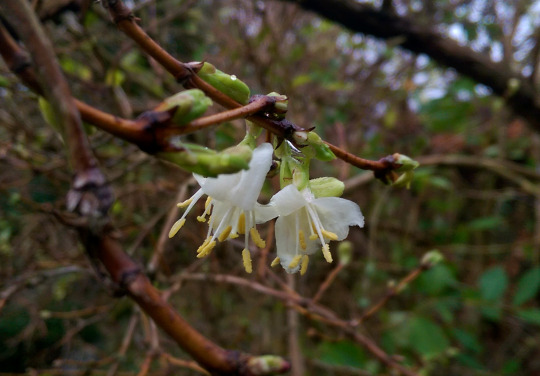
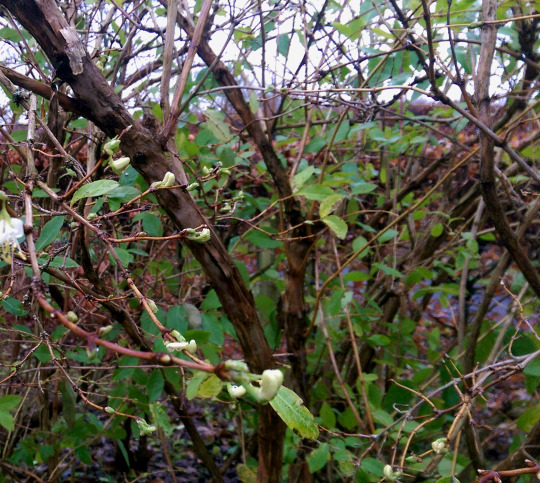
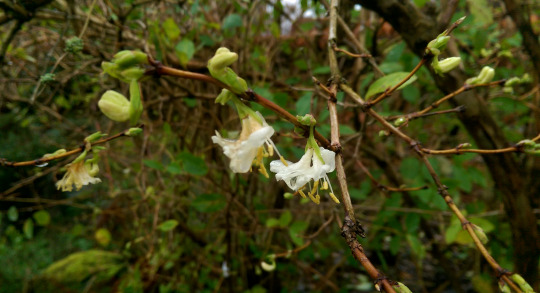
Lonicera fragrantissima, Caprifoliaceae
Winter honeysuckle, also known as sweetest honeysuckle, in full bloom certainly makes its presence evident even while you’re still several meters away. Its particularly fragrant scent permeated the air around the herb and vegetable section at Glasgow Botanic Gardens and it’s what guided me towards it as I was trying to find its source. I could only compare it in intensity to the scent of a large and beautiful wintersweet (Chimonanthus praecox) in my grandparents’ old garden, which, as the name suggests, flowers during the cold months of the year.
Originally from China, this contorted, deciduous shrub was introduced to England in 1845, one of the numerous Asian plants brought back by Scottish plant hunters, and subsequently entered the horticulture market as a winter-flowering, intensely scented ornamental novelty, with a few different growth habits. Winter honeysuckle has the potential to become invasive given the right conditions in the places where it has been introduced, as the red berries that follow the white flowers are readily consumed by birds, which then can disperse the seeds over a large area. As it is a winter flowering shrub, this can be avoided by pruning it right after it stops blooming.
#lonicera fragrantissima#winter honeysuckle#caprifoliaceae#scented flowers#flowers#flowering shrubs#ornamental plants#plant identification#plant photography#botany#plantblr#gardeners on tumblr#plants#glasgow#scotland#glasgow botanic gardens#horticulture
106 notes
·
View notes
Text
Collected on this Day in 1949
Honeysuckles will be back soon.
But this one never really left for the winter.

This specimen of winter honeysuckle (Lonicera fragrantissima) was collected in West Conshohocken, PA near the Schuylkill River outside of Philadelphia by Bayard Long. Collected flowering in a “rubbish-dump,” no less! Bayard Long (1885-1969) was a Philadelphia-area botanist and an active member of the Philadelphia Botanical Club (founded in 1891 and still exists today). He was a prolific collector and served as Curator of the Club’s Local Herbarium for 56 years (housed at the Academy of Natural Sciences). About 982 specimens collected by Long are preserved for the long haul in the Carnegie Museum herbarium.
Winter honeysuckle not only has a fun scientific name to say (“fragrantissima” rolls off the tongue) but is easy to identify among the many species in the honeysuckle genus (Lonicera in plant family Caprifoliaceae). That is, it has almost evergreen, thick leaves that partly persist into the winter, unlike any of the other shrub honeysuckles in Pennsylvania. (Emphasis on shrub, because the invasive vine Japanese honeysuckle – Lonicera japonica- also has persistent leaves through much or all of winter).
It is also known as “sweet breath of spring” for its aromatic flowers (hence its specific epithet, fragrantissima – think Bath and Body Works scent), which appear in late winter (and in this specimen!).
Introduced from China as an ornamental and often planted for its foliage, this species is now invasive in many states in the US. I must admit I don’t see it very often “escaped” outside of plantings in Western PA, but that doesn’t mean it doesn’t exist, or won’t escape in time, especially given it is problematic in other areas of the US.
So, you really shouldn’t plant it. Though Pennsylvania has native honeysuckles, the most abundant and common ones are introduced, affecting native vegetation and wildlife.
Find this specimen (and search for more) here.
Check back for more! Botanists at the Carnegie Museum of Natural History share digital specimens from the herbarium on dates they were collected. They are in the midst of a project to digitize nearly 190,000 plant specimens collected in the region, making images and other data publicly available online. This effort is part of the Mid-Atlantic Megalopolis Project (mamdigitization.org), a network of thirteen herbaria spanning the densely populated urban corridor from Washington, D.C. to New York City to achieve a greater understanding of our urban areas, including the unique industrial and environmental history of the greater Pittsburgh region. This project is made possible by the National Science Foundation under grant no. 1801022.
Mason Heberling is Assistant Curator of Botany at Carnegie Museum of Natural History. Museum employees are encouraged to blog about their unique experiences and knowledge gained from working at the museum.
52 notes
·
View notes
Text
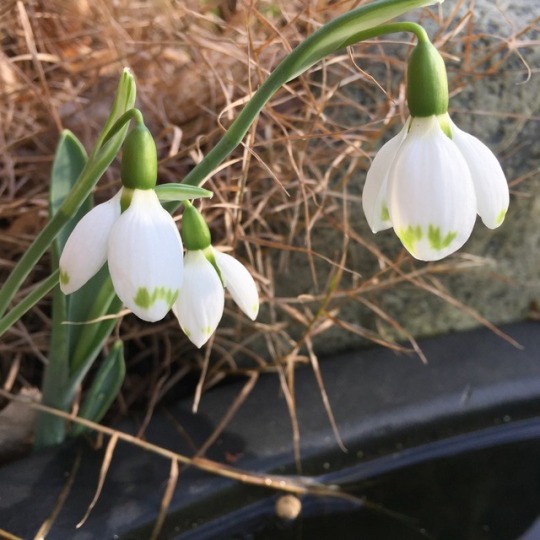
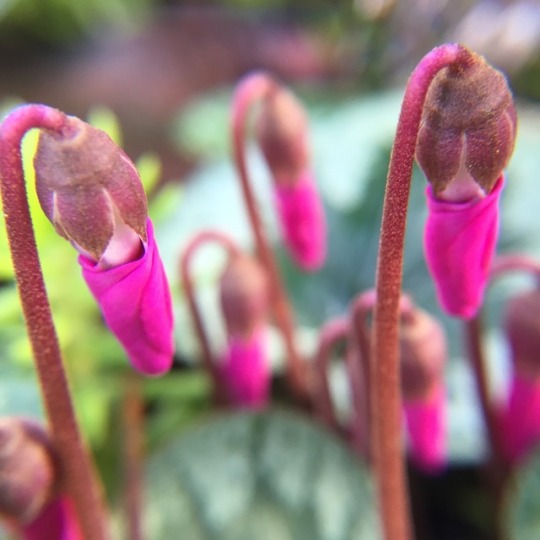


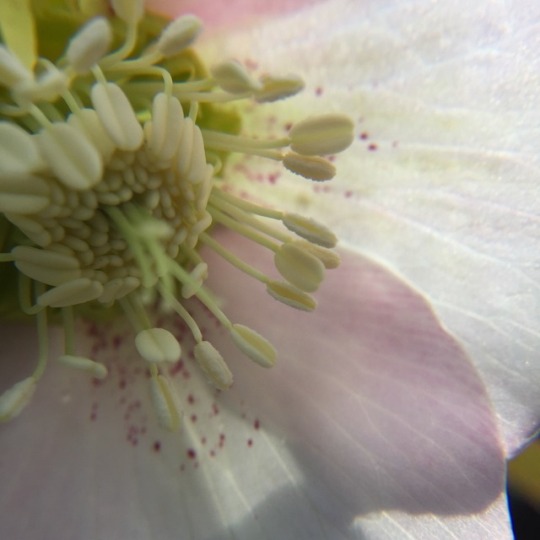

Early January flowers.
Snowdrops Cyclamen coum
Viburnum “Dawn” Mahonia “Charity”
Hellebore Lonicera fragrantissima
437 notes
·
View notes
Text

Lonicera fragrantissima / Sweet Breath of Spring at the Coker Arboretum at the University of North Carolina at Chapel Hill in Chapel Hill, NC
#Lonicera fragrantissima#Lonicera#Sweet Breath of Spring#Winter flowering honeysuckle#Fragrant honeysuckle#Kiss-me-at-the-gate#Honeysuckle#Caprifoliaceae#Flowers#Nature photography#photographers on tumblr#Coker Arboretum#UNC-Chapel Hill#UNC#Carolina#Chapel hill#Chapel hill NC#North Carolina
1 note
·
View note
Photo

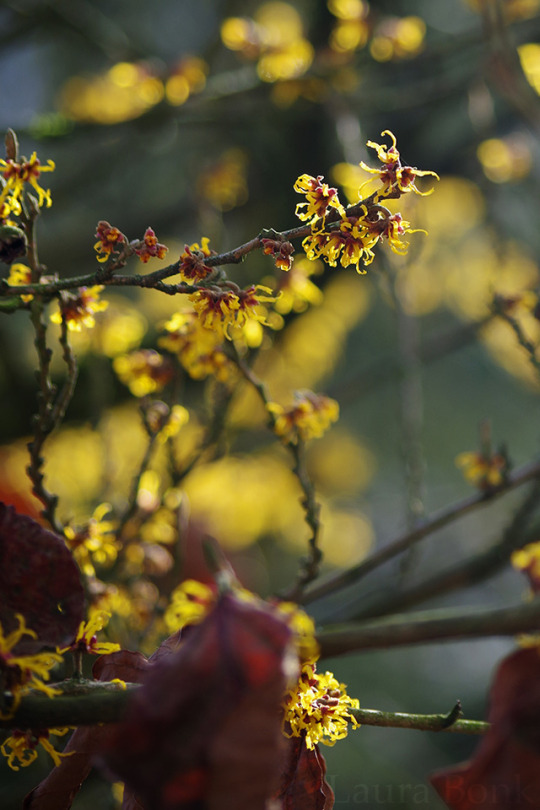
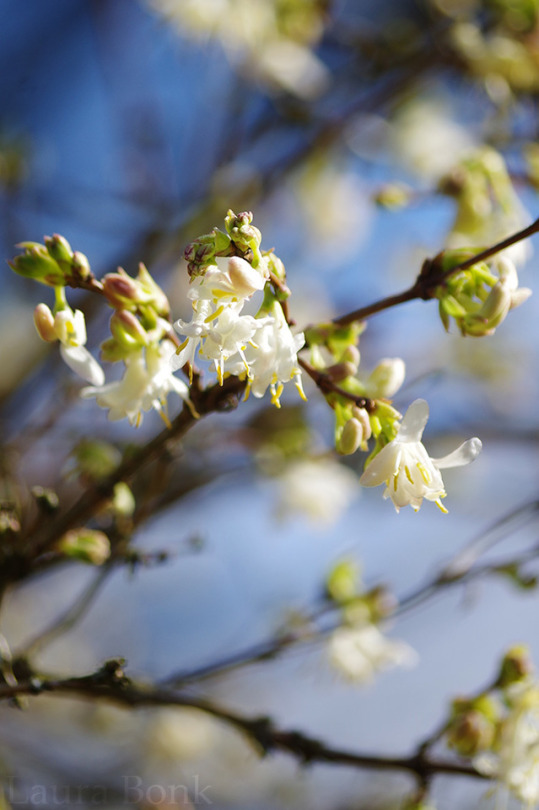
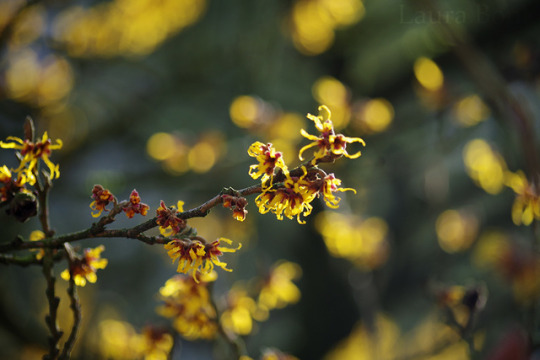
Honeysuckle and Hamamelis
Lonicera fragrantissima, winter or fragrant honeysuckle and a witch hazel, Hamamelis sp.
24-02-2017 // botanical garden, RUB
#nature photography#honeysuckle#witch hazel#hamamelis#lonicera#botany#botanical garden#February#white#yellow#2017#ruhr uni
5 notes
·
View notes
Text
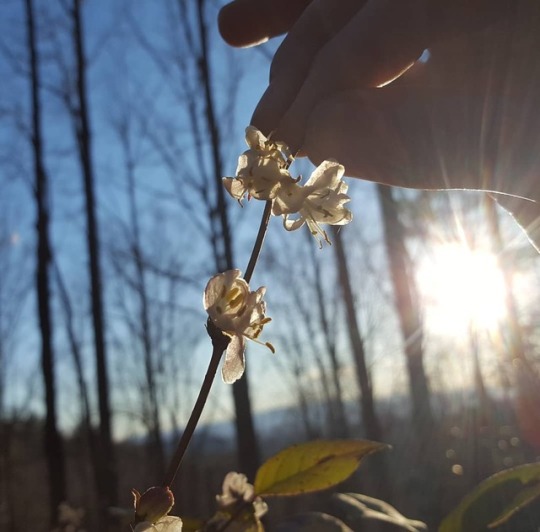
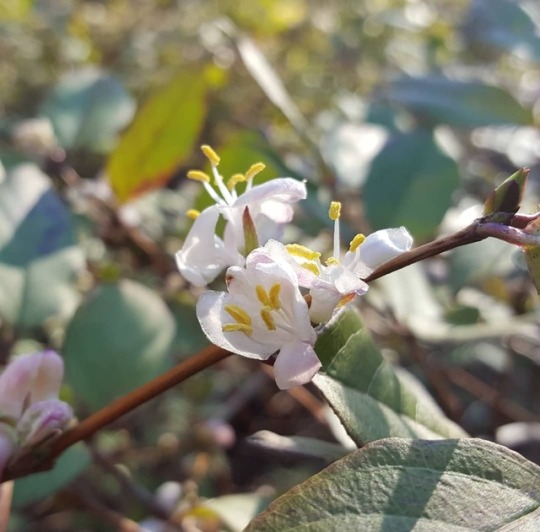
I was stopped in my tracks on the ridgeline today by the scent of January Jasmine. In early February. On the mountaintop.
Lonicera fragrantissima is a species of flowering plant in the honeysuckle family known by the common names winter honeysuckle, fragrant honeysuckle, January jasmine, Chinese honeysuckle, kiss-me-at-the-gate, and sweet breath of spring.
10 notes
·
View notes
Photo
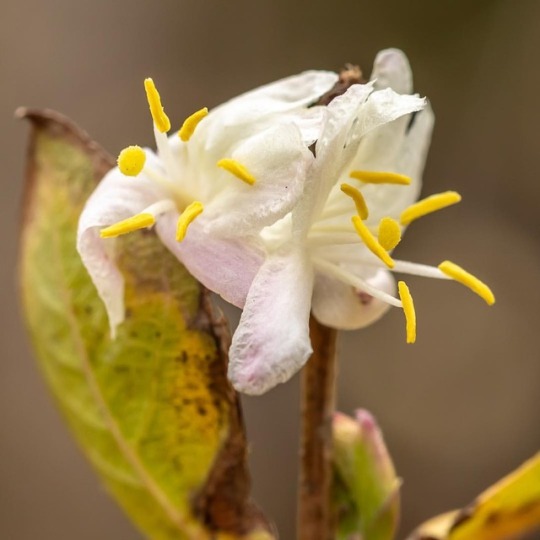
With a name like "fragrantissima" you know it smells heavenly! But unless you look for it, you might not know how wonderful it smells. Pictured: Lonicera fragrantissima, winter honeysuckle . . . . . #rva #RVAgardentrail # winterhoneysuckle #Lonicera #Lonicerafragrantissima, #Gardens #fragrance #blooms #flowers #publicgardens (at Richmond, Virginia) https://www.instagram.com/p/ButliQVAzCH/?utm_source=ig_tumblr_share&igshid=15mee20zrn28c
2 notes
·
View notes
Photo
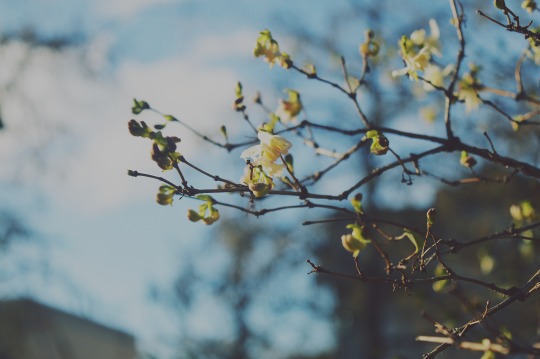
“Lonicera fragrantissima” (Wohlriechende Heckenkirsche)
0 notes
Photo
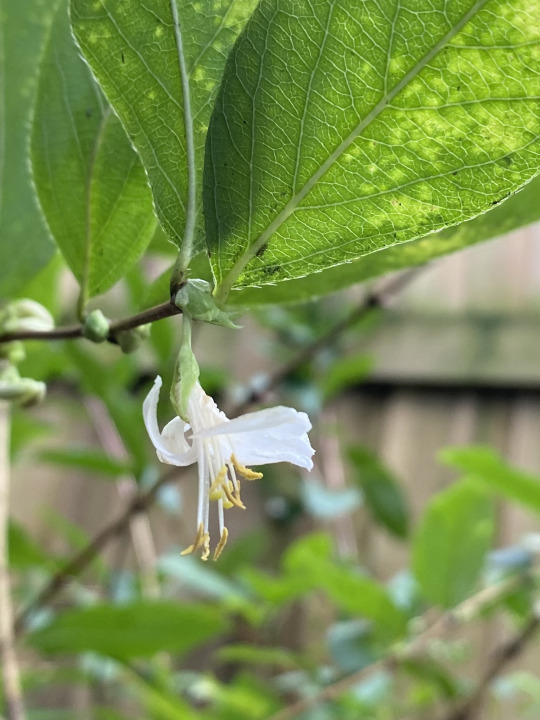
Winter flowering honeysuckle - Lonicera Fragrantissima - if there are enough flowers, this can create a very strong sweet scent (Photo credit: HMJ)
0 notes